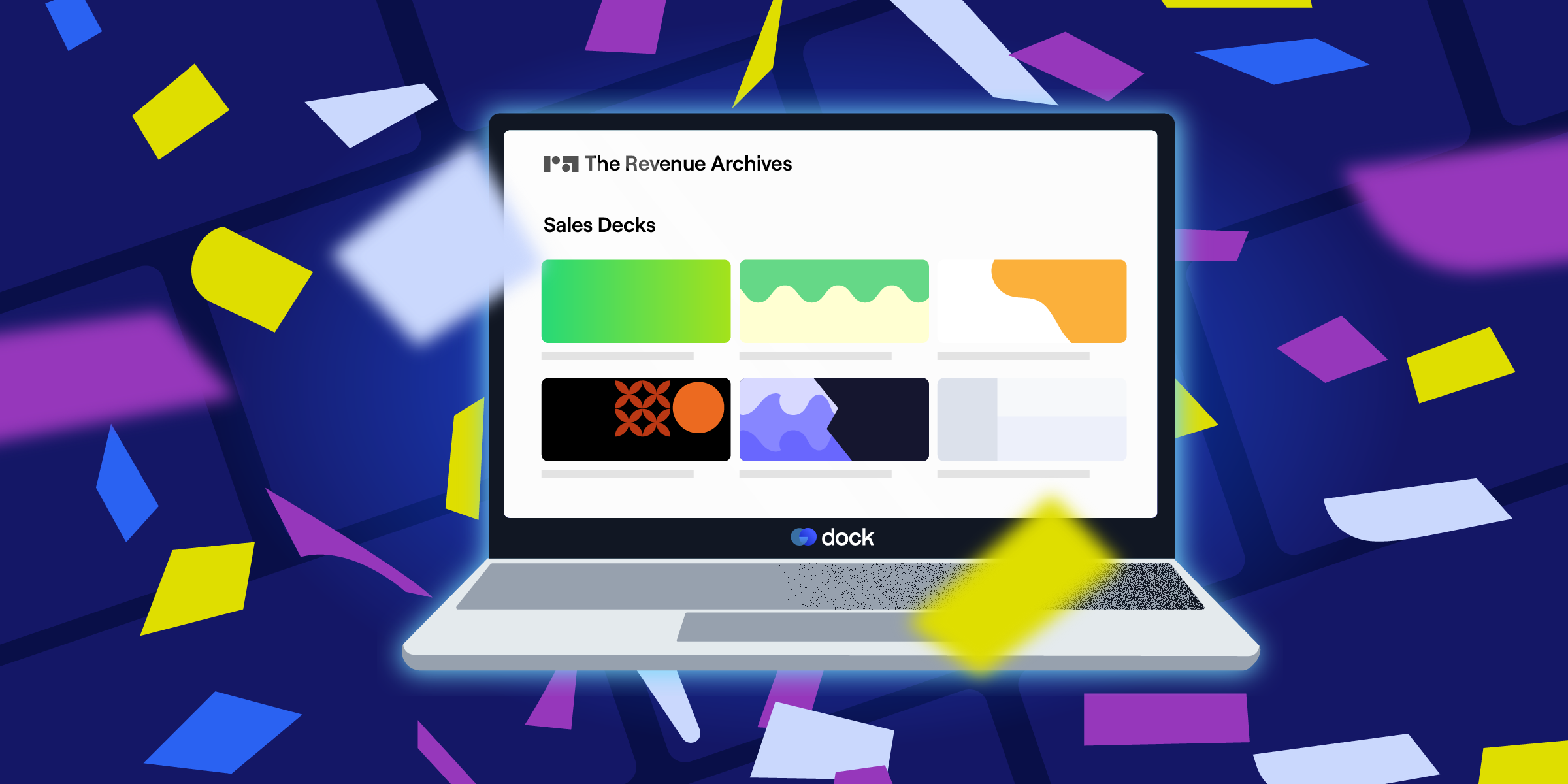Product
TABLE OF CONTENTs
TABLE OF CONTENT
Prospects aren’t always easy to get ahold of, but once you bring a prospect into your sales funnel, you want to work hard to bring them over the finish line.
All salespeople know there are many moving parts in a successful B2B sales cycle—you have to reach out multiple times through emails, phone calls, and LinkedIn messages.
Let’s imagine a typical virtual sales process. First, you need to capture a prospect's attention, whether from inbound or outbound sales efforts.
Then, you need to convert the prospect, get them on a discovery call, convince them to take a demo call, and then work hard to close the deal. Of course, you’ll have some nurturing and multiple follow-ups added into the mix.
Sales professionals need to do a great job during the discovery phase so that they can continue to guide potential customers through the sales cycle.
This article will walk through a great discovery call, why it’s important, and five steps for conducting a successful discovery call.
Let’s get started!
What exactly is a sales discovery call?
Before sales reps give potential new prospects a demo, they go through the discovery process by conducting a sales discovery call.
During this process, sales reps build rapport with the prospect, gain insight into the prospect’s pain points, and set a strong foundation for the rest of the buyer’s journey.
The discovery call is crucial because it allows salespeople to qualify or disqualify a prospect and prepare for a successful product demo.
Five steps for a successful discovery call
Here are five key steps for your sales team to follow for conducting a great discovery call.
1. Build rapport with your prospect
An essential skill for sales teams and individual sales reps is building rapport with prospects. Prospects are more likely to buy from vendors they trust, so this step is the foundation for success. During the discovery call, sales teams should spend less time selling the product and more time understanding the prospect.
2. Ask the right discovery questions
Sales reps know what their solution is capable of, but now have to figure out how exactly the solution fits into their prospect's strategy. Understanding a prospect’s needs, struggles, and goals can help reps personalize their follow-up emails, customize a demo for their specific use case, and prove that their solution is the best option for them.
These qualifying questions should be open-ended questions so that the prospect can really dig into their individual use case.
Of course, all sales reps should do their own research before hopping onto a discovery call, but this is an opportunity for prospects to share more about their day-to-day.
Here are some examples to incorporate into the discovery call script:
- Can you give me more insight into your company?
- Can you tell me about your day-to-day job?
- What is a priority for you right now?
- What are your current goals?
- Are you having problems reaching those goals?
- What have you done to address these problems in the past?
- Which solutions have you explored to solve this problem?
💡 Tip: The Sandler Selling and MEDDIC Sales methodologies are great frameworks for qualifying buyers.
3. Dig into the decision-making process
One of the biggest challenges within the B2B sales cycle is ensuring that you’re connecting with the right stakeholders. Sometimes, the person who initially reaches out to a company or answers the first call isn’t actually the buyer or the decision-maker.
When asking prospects the questions mentioned above, toss in a question or two about the decision-making process. Will they need to go through procurement or legal? Who on their team needs to be involved in the demo call?
The better you understand their buying process, the easier it is to enable your buyer.
Now you can move on to the next step—the demo.
4. Schedule a product demo
You’ve built a strong rapport, asked the right questions, uncovered your prospect’s pain points, and gained insight into who the key stakeholders are—decision-makers, buyers, and users. Now, you need to show your prospect how your product or solution could solve their problems and benefit their business.
Set up a product demo and make sure that you include everyone involved from your prospect's side on the call. That way, you can showcase your solution, handle any objections from additional stakeholders, and ultimately close the deal.
5. Summarize the call and set the next steps
Now, you’ve made it to the end of the call. Once your discussion has been wrapped up and you’ve put a demo on the calendar, it’s time to summarize the call for your prospect and set the next steps.
By creating a mutual action plan, you can give the prospect a clear next step to move the deal forward.
How Dock can help you after a discovery call
After your sales team conducts a successful discovery call, keep the communication going by creating a Dock space for your potential customer.
Dock's digital sales rooms provide one convenient location to sum up everything you learned in the discovery call, plus it creates a space for you to share assets with your prospect as the deal progresses.
Here's our demo follow-up template.
With Dock, you can build custom experiences for each of your prospects and create a space for your internal team to collaborate closely with all key stakeholders by providing them with custom content, product collateral, meeting notes, mutual action plans, and more.




































